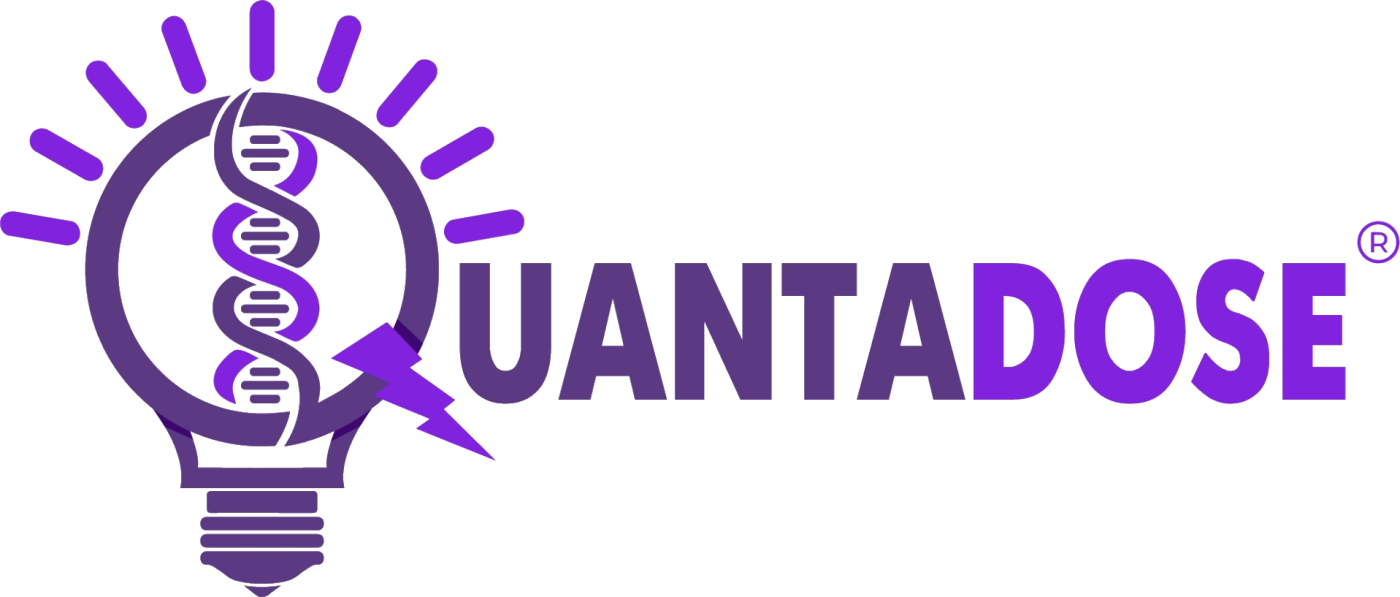QuantaDose Press Releases
Building the Gulf of Opinions on the Health and Biological Effects of Electromagnetic Radiation,
In his 2025 perspective paper “Building the Gulf of Opinions on the Health and Biological Effects of Electromagnetic Radiation,” physicist‑turned‑public‑health scholar Paul Héroux reconstructs four pivotal controversies—spanning Adair’s 1991 dismissal of ELF hazards to Phillips’ 2009 DNA‑damage findings—that explain why industry engineers and biomedical scientists still talk past each other on EMF risk. By walking readers through board‑room politics, funding withdrawals, and reputational attacks, Héroux shows that the stalemate is not about a lack of data, but about who gets to interpret it, who pays for it, and whose bottom line is threatened by it. The article is required reading for anyone trying to understand why, a quarter‑century after RF Safe was founded, FCC limits remain anchored to 1980s thermal dogma while evidence of non‑thermal harm keeps mounting.
1. What the Héroux Paper Adds to the Conversation
-
A first‑person chronicle of four flashpoints
-
Adair 1991 – “a walk is as risky as a 4 µT field.” Héroux highlights the sleight‑of‑hand that blurred DC and AC fields, allowing a nuclear physicist’s quip to morph into policy orthodoxy.
-
Armstrong 1994 – Utility workers & lung cancer. When high‑frequency transients (HFT) showed a strong association with lung cancer, the sponsoring utility repossessed the dosimeters and killed follow‑up funding.
-
Lai 1997 – DNA strand breaks in rat brains. Motorola’s internal “war‑game” reportedly sought to discredit the research and strip Lai of his university post.
-
Phillips 2009 – The Comet assay brouhaha. Industry whispers of an “unreliable” test met blunt rebuttal from bench scientists, yet the rumor stuck long enough to blunt regulatory impact.
-
-
Reveals a pattern of “strategic uncertainty.” Corporations demand endless replication of inconvenient findings while fast‑tracking technologies whose profits depend on regulatory inertia.
-
Exposes disciplinary blind spots. Electrical engineers lean on Faraday’s Law and thermal modeling; biologists lean on genotoxicity, oxidative stress, and systems biology. Without a trans‑disciplinary referee, policy defaults to the louder lobby.
2. How These Findings Collide With RF Safe’s Core Concerns
2.1 Outdated Exposure Standards & Regulatory Capture
-
FCC SAR limits (1996) echo IEEE/ANSI thermal thresholds birthed in the Adair era. They still ignore pulsed, polarized, and modulated fields implicated in DNA breaks and oxidative stress.
-
Section 704 of the 1996 Telecom Act bars local authorities from citing “environmental” (read: health) grounds to block antennas—cementing industry’s thermalist narrative into law.
-
Public Law 90‑602 mandates continuous research on radiation hazards, yet NTP’s RF program was defunded after showing “clear evidence” of cancer—another Armstrong‑style funding choke.
2.2 Cancer & Neuro‑degenerative Disease
-
Brain, CNS, and parotid tumors correlate with long‑term cellphone use; Héroux’s account of lung‑cancer signals in utility staff widens the field of concern.
-
Mechanisms now span oxidative stress, voltage‑gated calcium‑channel activation, and direct DNA damage, dovetailing with Lai, Phillips, Ramazzini, and NTP data.
2.3 Reproductive & Developmental Harm
-
Sperm damage, reduced motility, and hormonal disruption resonate with Héroux’s theme of research suppression: studies that do surface often struggle for replication funds.
-
Pregnancy risks are amplified by laptop shields that misdirect emissions toward the torso—one reason RF Safe pulled its own shields years ago.
2.4 Children’s Unique Vulnerability
-
Thinner skulls, higher water content, and longer lifetime exposure mean the margin of error accepted by thermal models collapses for kids.
-
School environments: Wi‑Fi routers and cell towers placed within 1,500 ft of classrooms violate the BioInitiative guideline and the precautionary principle championed by Héroux and RF Safe.
2.5 Sleep, Hormones & Mental Health
-
Non‑thermal night‑time exposure disturbs melatonin and cortisol cycles, echoing RF Safe blogs on ADHD, autism, and gender‑identity dysregulation potentially linked to endocrine disruption.
2.6 Environmental Justice & Political Transparency
-
Communities of color and low‑income neighborhoods host disproportionate antenna density, yet Section 704 denies them legal recourse.
-
Corporate influence at IEEE & ICNIRP mirrors Big Tobacco’s playbook documented in the Héroux narrative.
3. Strategic Response Pathways for the RF Safe Community
-
Champion enforcement of Public Law 90‑602 to restore NTP funding, compel real‑world dose metrics (peak, pulse, crest factor), and incorporate genotoxic endpoints alongside SAR.
-
Lobby for a dual mandate:
-
Space‑based direct‑to‑cell to relocate macro‑transmitters out of neighborhoods.
-
Li‑Fi in schools & offices to slash indoor RF load while upgrading data throughput.
-
-
Emphasize non‑thermal test positions in SAR databases. RF Safe’s comparison tools should foreground crest‑factor‑weighted SAR and whole‑body absorption—gaps Adair‑era physics never addressed.
-
Consumer‑level mitigation:
-
Air‑tube headsets, QuantaCase with flip‑to‑shield design, shielding blankets for laptops.
-
Behavioral hacks: airplane mode at night, wired Ethernet at home, device‑free conception windows.
-
-
Petition & social‑media automation plugins (under development) can weaponize public pressure—tweet officials, demand FCC rule‑making, and spotlight telecom‑funded science spin.
4. Bridging the Disciplines—A Vision Going Forward
-
Translational bioelectromagnetics institutes: Pair electrical engineers with molecular biologists to co‑design dosimetry that captures real‑world pulse trains and biological endpoints.
-
Open‑source exposure registries: crowdsourced symptom & usage logs, modeled after RF Safe’s SAR database, to democratize data otherwise buried by pay‑walled journals or NDAs.
-
Quantum‑biological modeling of DNA resonance (ceLLM theory): use supercomputer clusters to simulate how entropic EM noise degrades genetic fidelity—a modern answer to Adair’s “impossible” claim.
5. Conclusion & Call to Action
Héroux’s insider narrative reminds us that the EMF debate is structurally skewed toward industry comfort—thermal metrics, pay‑per‑study funding, and legal shields against health‑based challenges. RF Safe was founded to tilt that playing field back toward public health. By integrating fresh evidence of non‑thermal harm, exposing the political economy that buries it, and offering practical shielding and policy fixes, we move the conversation from “Is there a risk?” to “How fast can we mitigate it?” Share this report, push your representatives to enforce Public Law 90‑602, and, in your daily life, choose fiber, light, or shielded hardware whenever possible. The science is in; the moment to act is now.
